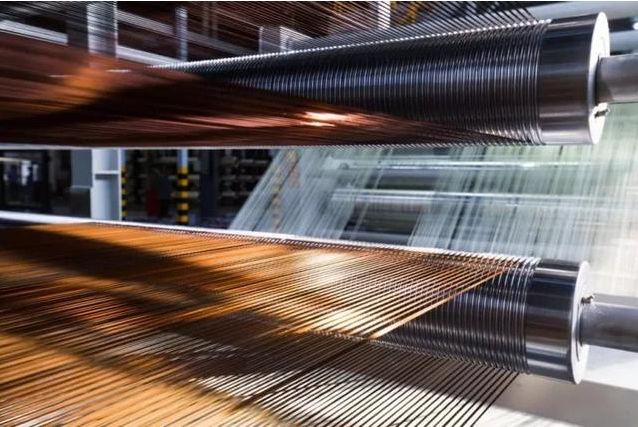A Comprehensive Guide to Cutting Carbon Fiber: iKabon’s Expertise
Introduction:
Carbon fiber has become increasingly popular in various industries due to its exceptional strength-to-weight ratio and durability.
However, cutting carbon fiber can be a challenging task that requires precision and expertise.
In this guide, we will explore the various methods and techniques used for cutting carbon fiber, highlighting iKabon’s professional services as a leading manufacturer in China.

1. Understanding Carbon Fiber:
Before delving into the cutting techniques, it’s essential to understand the unique properties of carbon fiber.
Composed of thin strands of carbon atoms tightly woven together, carbon fiber offers high tensile strength and rigidity while remaining lightweight.
Its resistance to heat, chemicals, and corrosion makes it an ideal material for aerospace, automotive, and sporting goods applications.

2. Traditional Cutting Methods:
a. Manual Cutting: The simplest method involves using handheld tools like a hacksaw, jigsaw, or rotary tool with a carbon fiber cutting blade. While this method is accessible, it may result in frayed edges and require additional finishing.
b. Waterjet Cutting: iKabon specializes in waterjet cutting, a precise and efficient technique that uses a high-pressure stream of water mixed with abrasive particles to cut through carbon fiber. This method ensures clean edges and minimal delamination, making it ideal for complex shapes and intricate designs.
3. CNC Machining:
iKabon’s advanced CNC (Computer Numerical Control) machines offer unparalleled precision and speed in carbon fiber cutting. Using computer-controlled movements, these machines can accurately cut intricate patterns and shapes with minimal material waste.
CNC machining guarantees consistent results and is highly recommended for large-scale production.
4. Laser Cutting:
Laser cutting is another method for cutting carbon fiber. This technique uses a high-powered laser beam to melt or vaporize the material along the desired cutting path.
Laser cutting offers excellent precision and allows for intricate designs, but it may produce a heat-affected zone that requires post-processing.
5. Precautions and Safety Measures:
When working with carbon fiber, it’s crucial to take safety precautions. iKabon ensures a safe working environment by employing trained professionals who follow strict safety protocols.
Protective gear, such as gloves, safety glasses, and respiratory masks, should be worn to prevent inhalation of carbon fiber particles.
Cutting carbon fiber requires expertise and precision to achieve optimal results. iKabon, a leading manufacturer in China, offers a range of cutting services using advanced techniques like waterjet cutting and CNC machining.
Our commitment to quality and safety ensures that customers receive accurately cut carbon fiber components for their specific applications.
Whether you need custom designs or large-scale production, iKabon is the trusted choice for all your carbon fiber cutting needs.
iKabon’s Carbon Fiber Projects:
iKabon has an impressive track record of delivering high-quality carbon fiber projects across various industries. Here are a few notable examples:
1. Aerospace Applications:
iKabon has collaborated with leading drone companies to produce carbon fiber drone frames.
The lightweight and high-strength properties of carbon fiber make it an ideal material for aerospace applications, contributing to improved overall performance.

2. Automotive Industry:
iKabon has partnered with renowned automotive manufacturers to develop carbon fiber parts for vehicles.
From body panels to interior trims, carbon fiber offers enhanced strength, reduced weight, and improved aerodynamics.
These projects have not only enhanced the performance of vehicles but also contributed to the overall sustainability of the automotive industry by reducing fuel consumption.

3. Sports Equipment:
iKabon has worked closely with sports equipment manufacturers to create cutting-edge products using carbon fiber.
From carbon fiber pickleball paddle to bicycles and hockey sticks to golf clubs, carbon fiber has revolutionized the sports industry.

4. Industrial Applications:
iKabon has also ventured into various industrial sectors, providing carbon fiber solutions for diverse applications.
These include robotics, renewable energy systems, marine equipment, and more.
Carbon fiber’s durability, corrosion resistance, and high tensile strength make it an ideal choice for demanding industrial environments.

iKabon’s Commitment to Quality and Innovation:
iKabon takes pride in its commitment to delivering top-notch carbon fiber projects. With a team of skilled engineers, state-of-the-art facilities, and cutting-edge technology, iKabon ensures precision, reliability, and efficiency in every project.
From design to manufacturing and quality control, strict measures are implemented to meet and exceed client expectations.
When it comes to carbon fiber cutting services, iKabon stands out as a trusted and reliable partner. Our expertise in diverse industries, dedication to quality, and innovative approach make them the go-to choice for carbon fiber projects.
Whether it’s aerospace, automotive, sports, or industrial applications, iKabon’s professional services can cater to a wide range of requirements. Contact iKabon today to explore the possibilities of carbon fiber and take your projects to new heights
